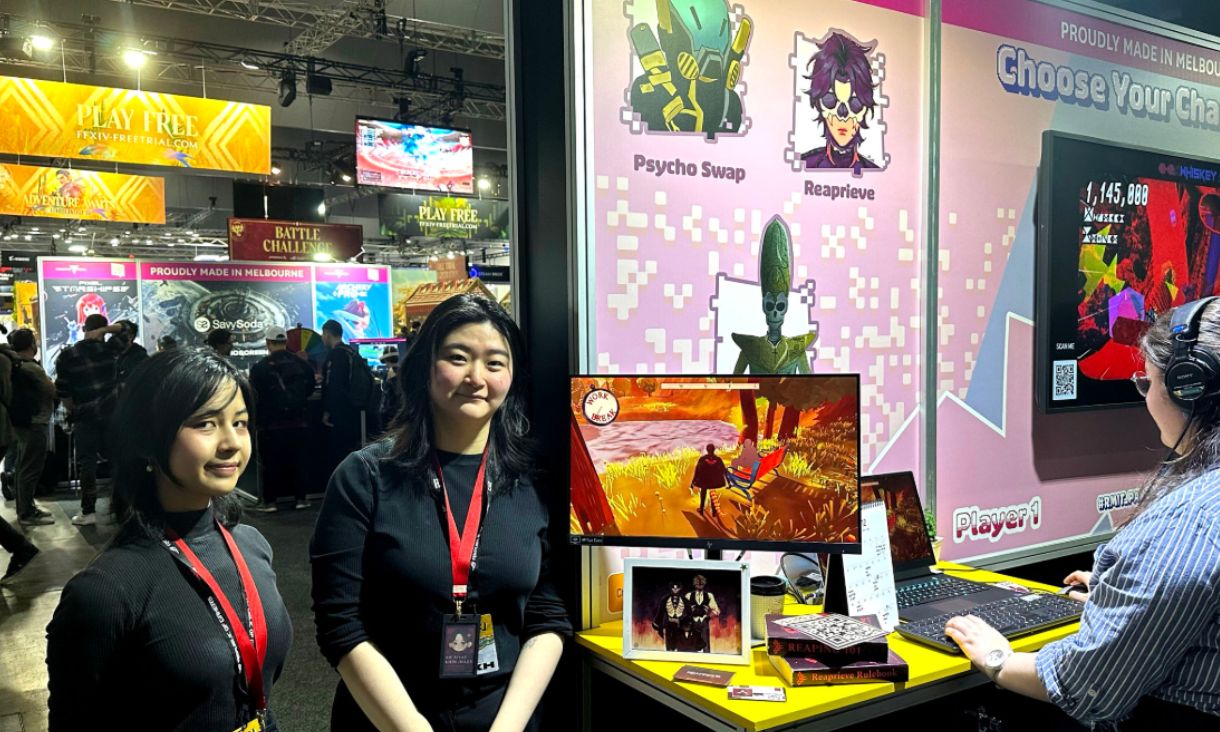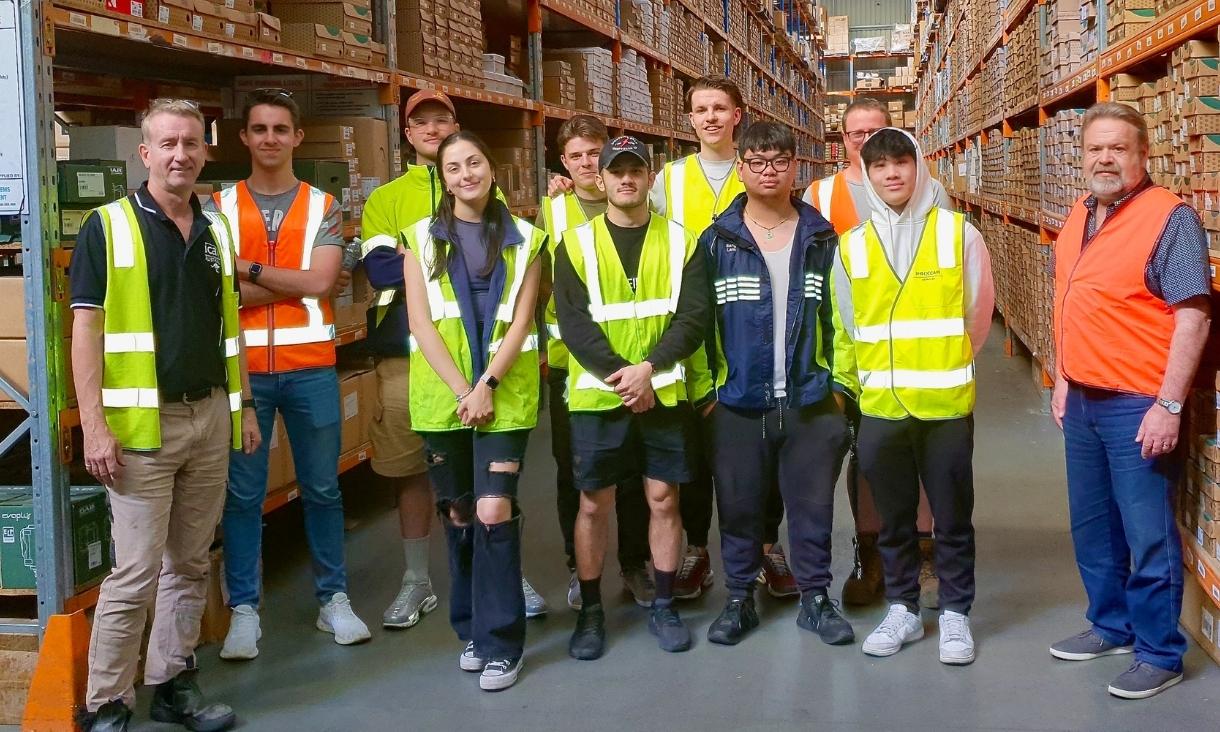RMIT shines at Melbourne International Games Week
Students, staff and alumni from the University's Bachelor of Design (Games) and Master of Animation, Games and Interactivity featured across a range of events at Melbourne International Games Week 2024.
Fiona Notley joins RMIT
RMIT welcomes new Chief Operating Officer and Vice-President Fiona Notley, who brings to the role more than 20 years' experience in senior executive positions across education, sport, and health.
Revamped diploma updates logistics for a new generation
A refreshed version of RMIT’s Diploma of Logistics is focusing on the technology and organisational skills needed to make an impact in the fast-changing field of logistics.
“We are on the cusp of a technology-driven ‘supertransition’” - RMIT expert says deep economic change is occurring with profound consequences for business
RMIT economist Dr. Darcy Allen says the world is in an economic ‘supertransition’: profound economic change driven by the simultaneous combination of technologies.





